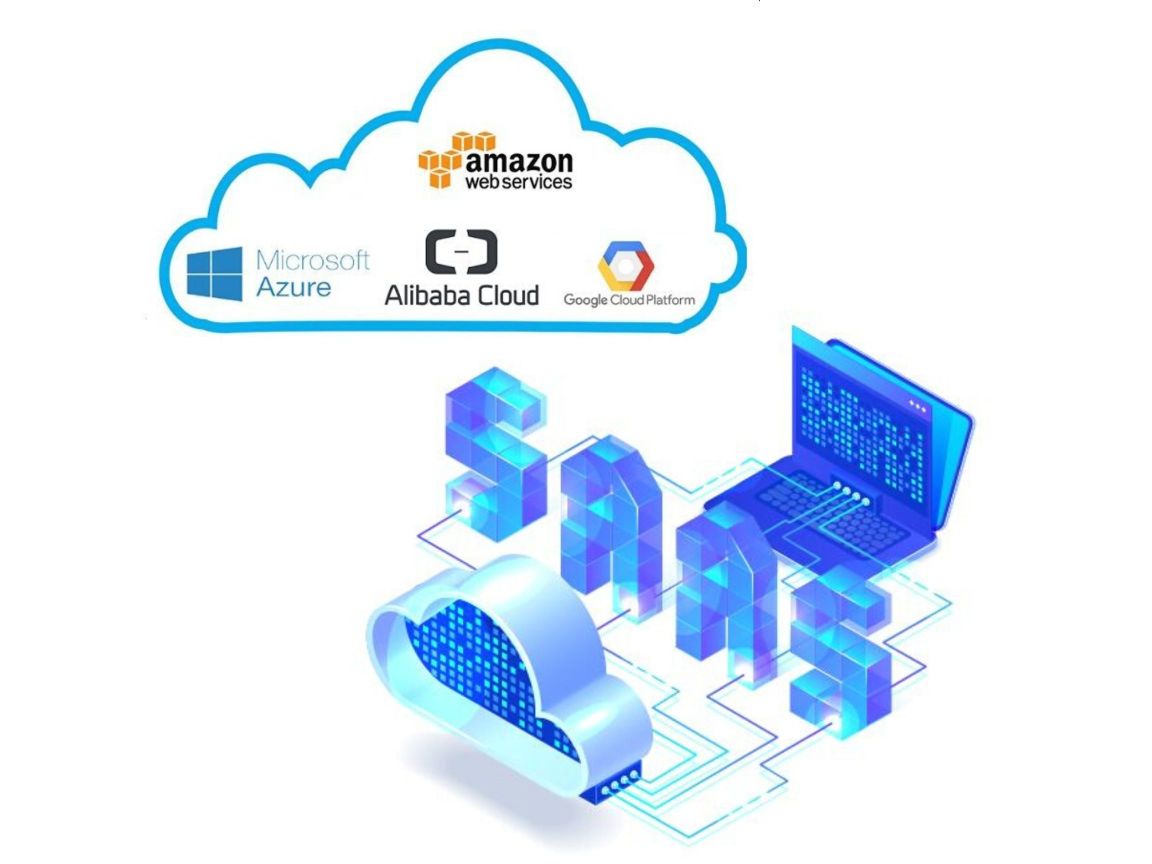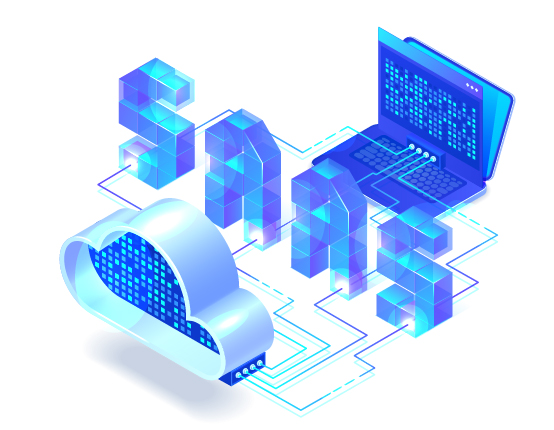Cloud Software-as-a-Service (SaaS)
Software as a service (SaaS) is a software distribution model in which a third-party provider hosts applications and makes them available to customers over the Internet. SaaS harness the technology of the powerful cloud computing.
Internet-delivered software makes applications available anywhere, anytime and users can run the software on any platform or device.
SaaS providers own the hardware infrastructure and make software usage available on a subscription mode , therefore organizations subscribing to SaaS does not incur hefty upfront investment for infrastructure and setup
Among the benefits of SaaS are :
Flexible payments: Rather than purchasing software to install, or additional hardware to support it, customers subscribe to a SaaS offering. Generally, they pay for this service on a monthly basis using a pay-as-you-go model. Transitioning costs to a recurring operating expense allows many businesses to exercise better and more predictable budgeting. Users can also terminate SaaS offerings at any time to stop those recurring costs.
Scalable usage: Cloud services like SaaS offer high vertical scalability, which gives customers the option to access more, or fewer, services or features on-demand.
Automatic updates: Rather than purchasing new software, customers can rely on a SaaS provider to automatically perform updates and patch management. This further reduces the burden on in-house IT staff.
Accessibility and persistence: Since SaaS applications are delivered over the Internet, users can access them from any Internet-enabled device and location.

Software as a service (SaaS) is a software distribution model in which a third-party provider hosts applications and makes them available to customers over the Internet. SaaS harness the technology of the powerful cloud computing.
Internet-delivered software makes applications available anywhere, anytime and users can run the software on any platform or device.
SaaS providers own the hardware infrastructure and make software usage available on a subscription mode , therefore organizations subscribing to SaaS does not incur hefty upfront investment for infrastructure and setup
Among the benefits of SaaS are :
Flexible payments: Rather than purchasing software to install, or additional hardware to support it, customers subscribe to a SaaS offering. Generally, they pay for this service on a monthly basis using a pay-as-you-go model. Transitioning costs to a recurring operating expense allows many businesses to exercise better and more predictable budgeting. Users can also terminate SaaS offerings at any time to stop those recurring costs.
Scalable usage: Cloud services like SaaS offer high vertical scalability, which gives customers the option to access more, or fewer, services or features on-demand.
Automatic updates: Rather than purchasing new software, customers can rely on a SaaS provider to automatically perform updates and patch management. This further reduces the burden on in-house IT staff.
Accessibility and persistence: Since SaaS applications are delivered over the Internet, users can access them from any Internet-enabled device and location.



